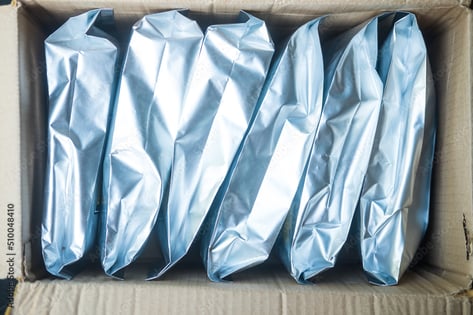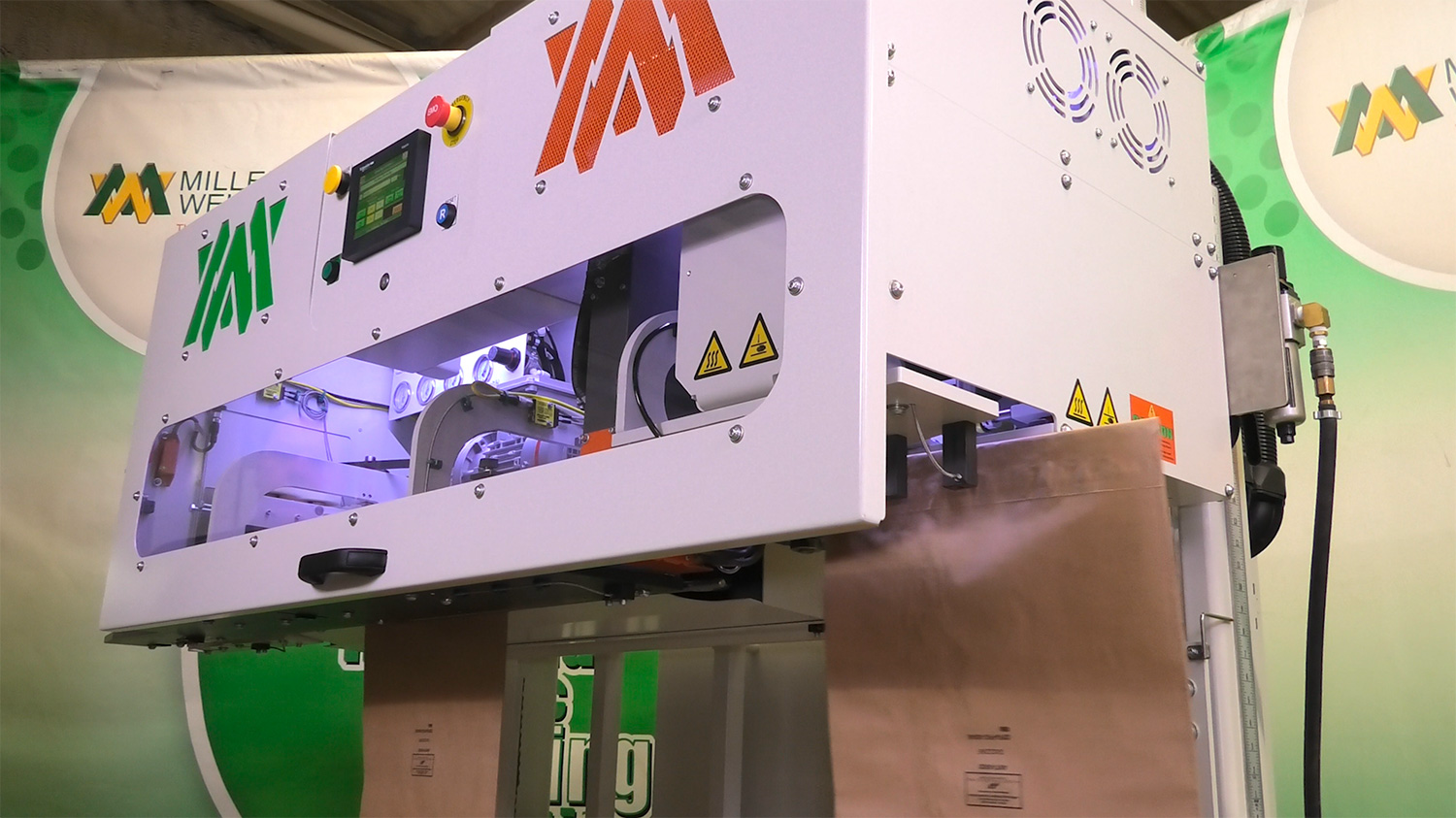In the vast landscape of packaging solutions, selecting the right bag sealing method is crucial for maintaining product integrity, ensuring safety, and optimizing operational efficiency across various industries. Whether for food packaging, medical supplies, or industrial goods, the choice between heat sealing, adhesive, and sewing hinges on understanding each method's unique advantages and limitations. This blog dives into these sealing techniques to help you identify which method aligns best with your packaging requirements. For a more in-depth exploration of industrial bag sealing solutions, consider visiting Miller Weldmaster Packaging Systems, a leader in the field offering expert advice and custom solutions tailored to your needs.
Overview of Bag Sealing Methods
The journey to optimal bag sealing begins with a basic understanding of the available methods: heat sealing, adhesive sealing, and sewing. Each technique employs a distinct approach to secure products within their packaging.
Introduction of Heat Sealing
Heat sealing uses direct or indirect heat to melt a thermoplastic layer within the bag material, creating a bond that effectively seals the package. This method is prevalent in various applications, from sealing food items in Mylar bags to securing components in medical packaging, due to its efficiency and the strength of the seal it produces.
Understanding Adhesive Sealing
Adhesive sealing involves the application of glue or other adhesive substances to join bag materials. This method is versatile, applicable to a wide range of materials, and allows for resealable closures, making it ideal for consumer goods that require opening and closing after the initial seal. However, with increasing changes in safety and health requirements, adhesive sealing is becoming less common.
Basics of Sewing for Bag Sealing
Sewing, the most traditional method, entails stitching the bag material together to create a seal. This method is commonly used for heavy-duty or bulky items such as construction material, fertilizers, or even for aesthetic purposes in high-end retail packaging.
Heat Sealing: Advantages and Limitations
Heat sealing stands out for its efficiency and the durability of the seals it produces. The method offers a quick, reliable seal that can withstand pressure and, in many cases, provide a tamper-evident closure. However, it requires specific machinery and is generally limited to thermoplastic materials, presenting a constraint for materials that cannot withstand heat or lack a thermoplastic component.
Efficiency and Strength in Heat Seals
Heat seals are revered for their strong, airtight closures that protect the product from contamination and leakage, making them an excellent choice for food safety and medical packaging. The process is also highly efficient, allowing for rapid production speeds.
Constraints and Consideration in Heat Sealing
The primary limitation of heat sealing is its material specificity; not all bag materials are suitable for heat sealing. Additionally, achieving the optimal temperature and pressure settings requires precise control to avoid damaging the product or packaging. Miller Weldmaster's PS150 solves this issue providing consistent and high temperature with the speed and pressure to create the desired seal needed.

Adhesive Sealing: Pros and Cons
Adhesive sealing is celebrated for its versatility and ease of application. It can be used with a variety of materials and configurations, including resealable options. However, the long-term durability of adhesive seals can be a concern, particularly for products that require extended shelf life or are exposed to varying temperatures.
Versatility and Ease of Adhesive Sealing
The application of adhesives allows for creative packaging designs and can accommodate a wide range of materials, including those unsuitable for heat sealing.
Potential Downsides of Adhesive Sealing
While adhesives offer significant flexibility, they may not provide the same level of seal strength and integrity as heat sealing, particularly under stress or over time. Compatibility with the packaged product and the potential for adhesive degradation are also important considerations.
Sewing for Bag Sealing: When Is It Ideal?
Sewing is unparalleled for certain applications, offering a durable and aesthetically pleasing seal. It is ideal for heavy or bulky items where other sealing methods might fail. However, sewing is more labor-intensive and may not be suitable for all materials, particularly those requiring airtight or watertight seals.
Durability and Traditional Appeal of Sewing
The strong, physical bond created by sewing ensures that the packaging can handle significant weight and strain. Sewing also has a unique aesthetic appeal, often used in premium packaging where the appearance of the seal contributes to the product's overall presentation.
Limitations in Sewing Applications
The main drawbacks of sewing include its slower production speed compared to other methods and its incompatibility with requirements for hermetic sealing. Sewing is also limited by the thickness and type of material being sealed.
Comparative Analysis: Heat Sealing vs Adhesive vs Sewing
When comparing cost-effectiveness, heat sealing often leads due to its quick processing time and minimal waste. Sewing, while potentially more costly in terms of labor, offers a unique combination of durability and aesthetic appeal that may justify its expense in certain contexts.
Assessing Material Suitability
Choosing the right sealing method also involves considering the material of the bag. Heat sealing is best suited for thermoplastic materials, adhesive sealing for a wide range of materials including those unsuitable for heat, and sewing for heavy-duty or aesthetic applications.

Choosing the Right Method for Your Needs
To determine the most suitable bag sealing method, consider factors such as the scale of production, the type of material, product requirements (e.g., hermetic seal), and budget. Consulting with experts, like those at Miller Weldmaster, can provide valuable insights and custom solutions based on your specific needs.
Enhancing Your Bag Sealing Process
The choice between heat sealing, adhesive, and sewing for bag sealing is not one-size-fits-all. Each method has its unique set of advantages and considerations depending on your company's needs. By carefully assessing your product's requirements, material properties, and operational capabilities, you can select the most effective sealing method. Partnering with Miller Weldmaster can enhance your packaging process and ensure the integrity of your products. Contact Miller Weldmaster today to discuss your bag sealing needs and discover the best solutions for your packaging challenges.




